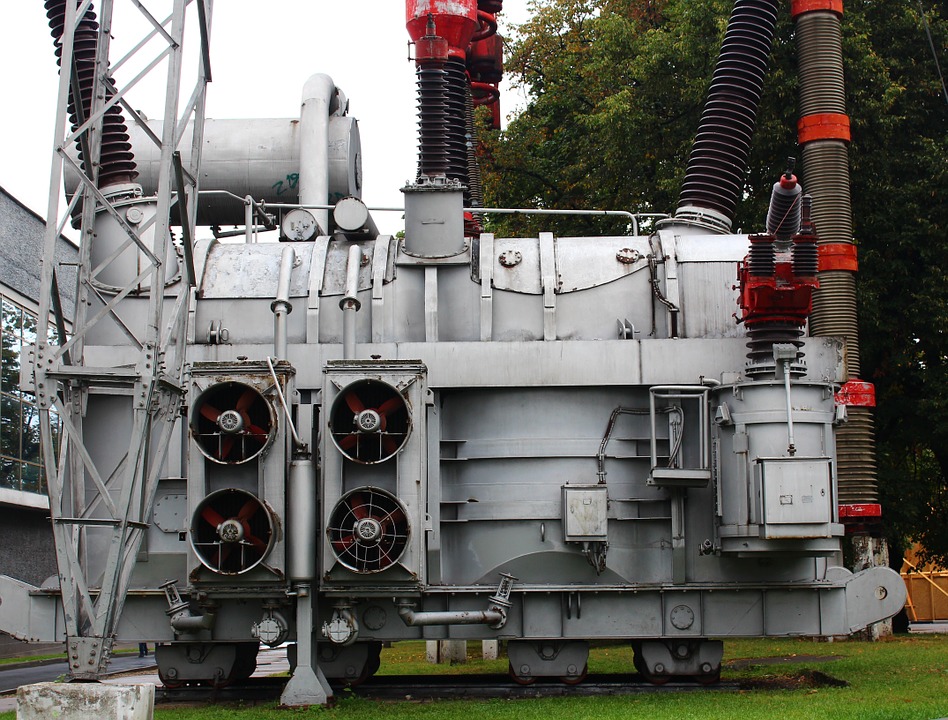Moisture removal from transformer oil is an important part of maintenance of insulating liquid.
This problem is solved by using AC or DC electric fields. In practice, the most common are DC machines. The electric oil dehydration takes place through bipolar coalescence or dielectrophoresis.
In the coalescence process, the microdroplets of water become dipoles, causing attraction and fusion. The strength of attraction increases with increasing the strength of the field to a certain value. Further increase of electric field destroys the droplets. The bipolar coalescence is used in oil with large amount of water.
In dielectrophoresis, the microdroplets of water under the influence of a non-uniform electric field move to one electrode, become charged and then move to the electrode with the opposite charge. Repeated movement of water droplets between the electrodes leads to their fusion and sedimentation. The dielectrophoresis dehydrates waste oil even with small water content.
Moisture Removal. The advantages of electric oil dehydration equipment are small overall dimensions, no moving parts, constant throughput and automatic cleaning process.
Filtration methods are also used in oil dehydration. In porous membranes with absorbing properties, the water is absorbed by the filtering material to its full saturation. The porous membranes from water-repellent material pass the oil through, but do not pass the suspended microdroplets of water. These types of membranes have a limited service life: the first type becomes saturated with water and loses its ability to retain moisture, and the second type becomes blocked with water drops on its surface and stops passing the oil through. The best result is achieved by special membranes from water-absorbing and water-repellent materials, that make the water droplets larger and sediment them under gravity. These membranes theoretically have an unlimited service life, but in practice with time their coagulating properties are reduced due to contamination with mechanical particles and gums.
Membrane filtration techniques are not common due to decrease of filtration and separation with increase of density and viscosity of oil, and with the presence of surfactants. Although the simplicity of design and operation of the electric oil dehydration equipment makes these devices promising, if their shortcomings could be overcome.

